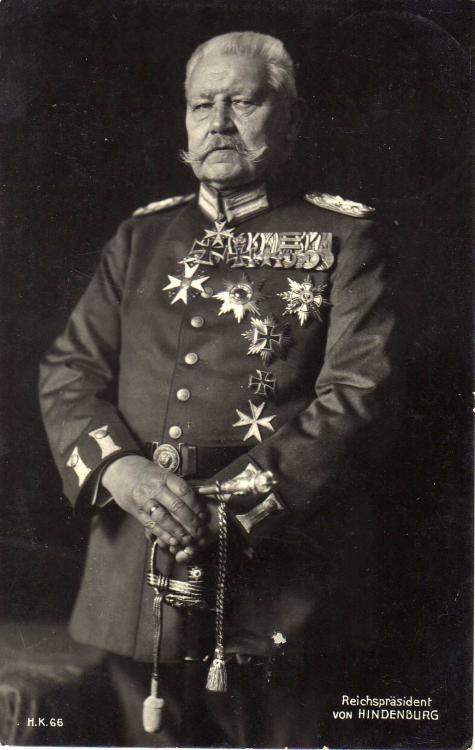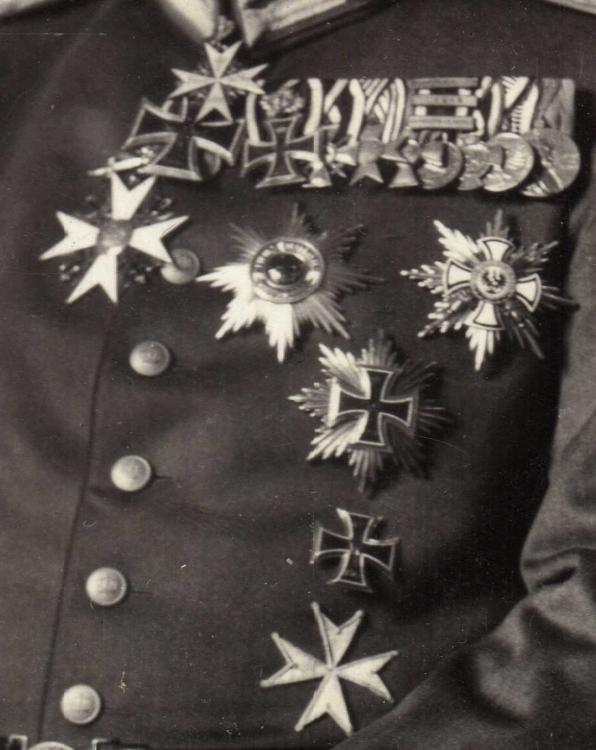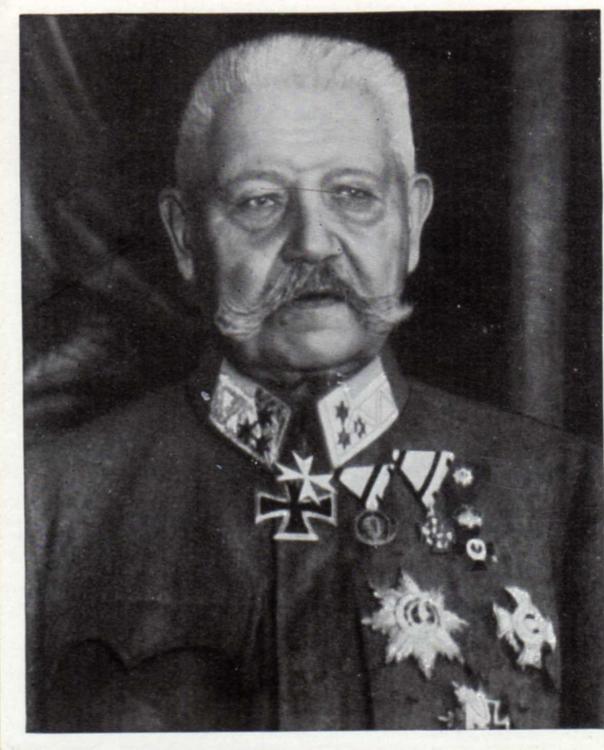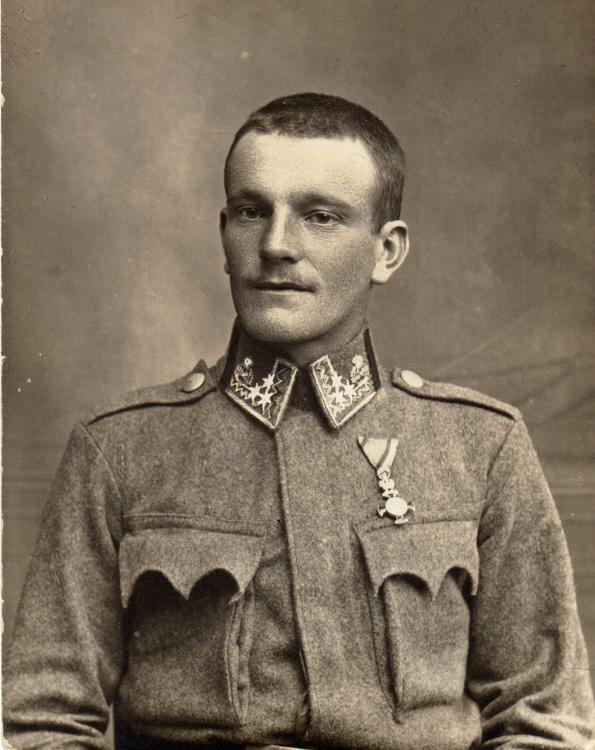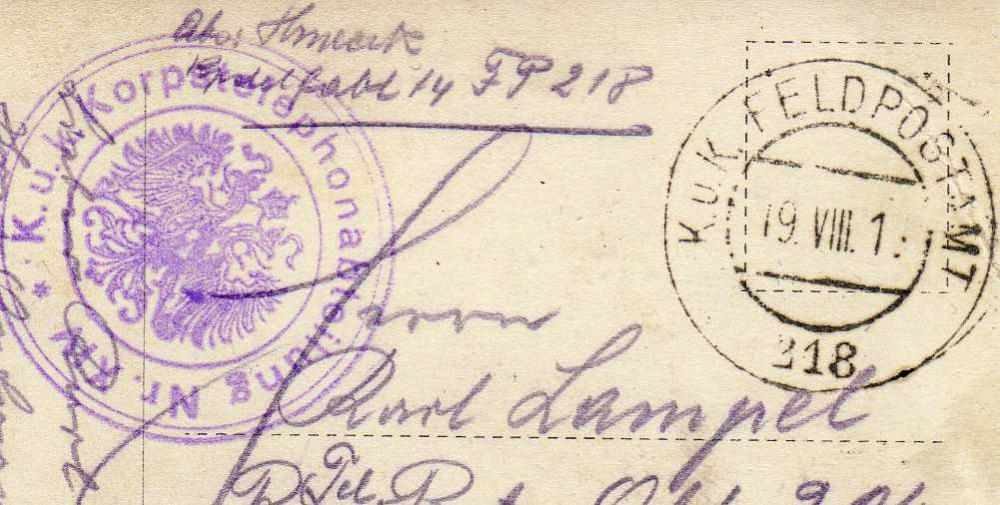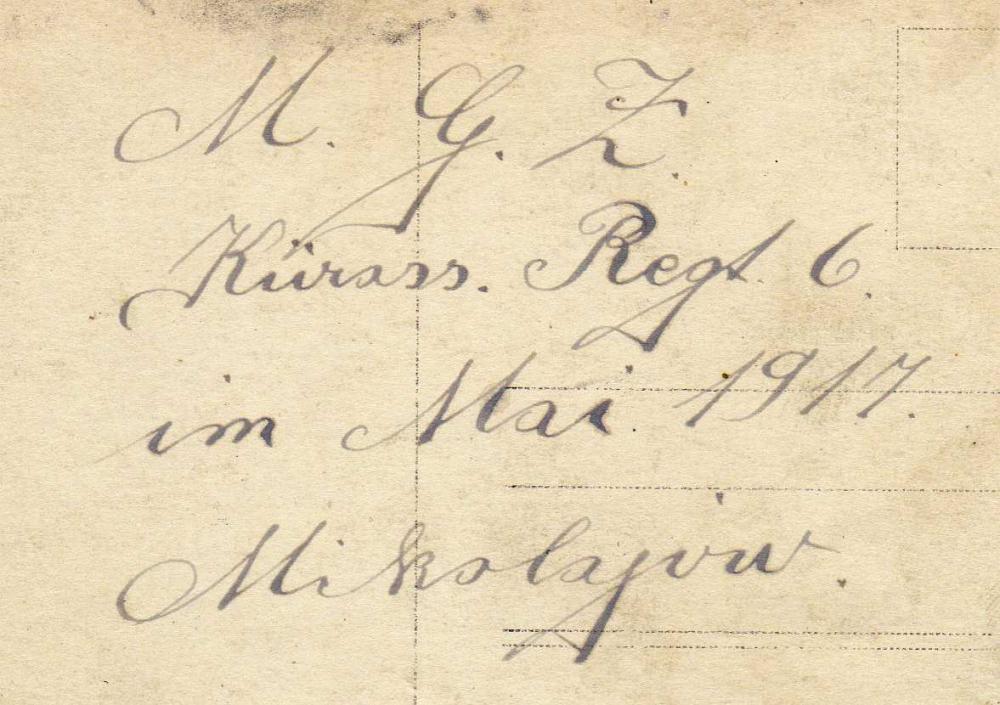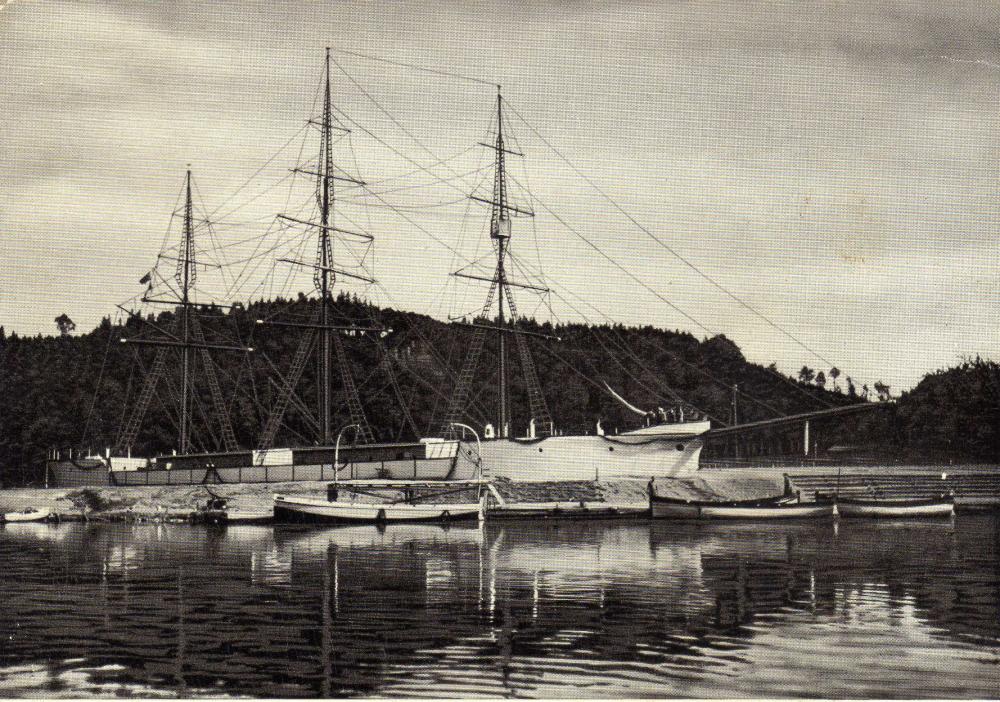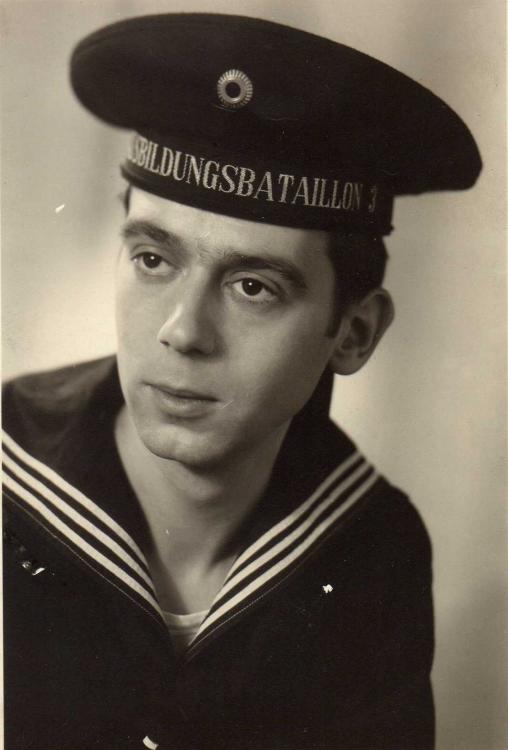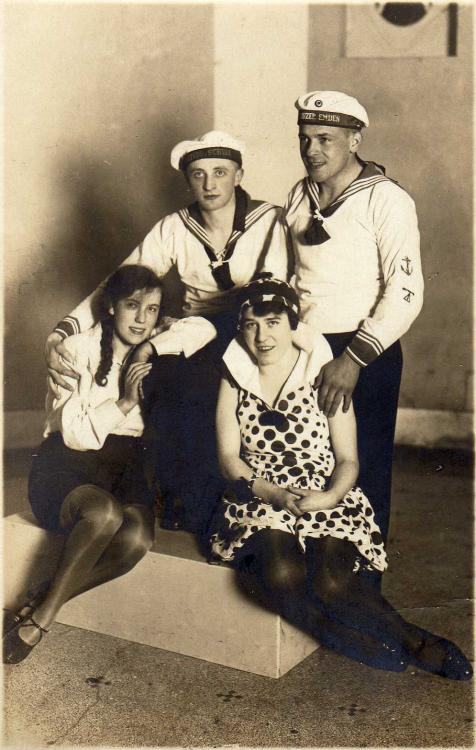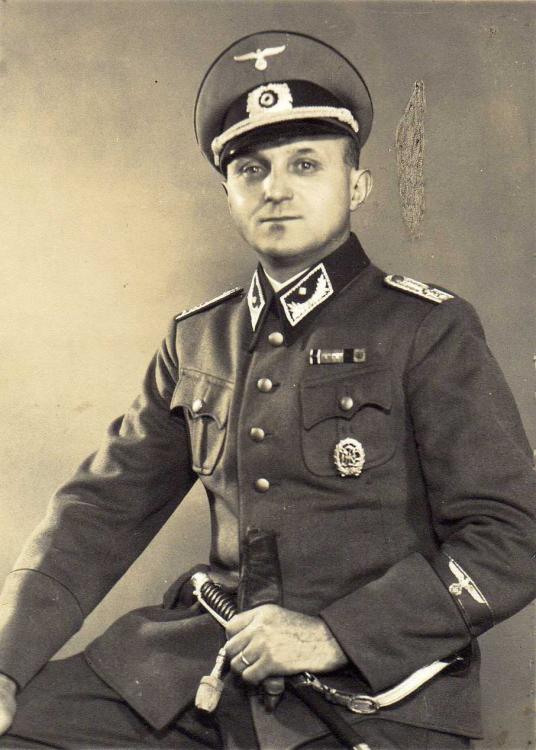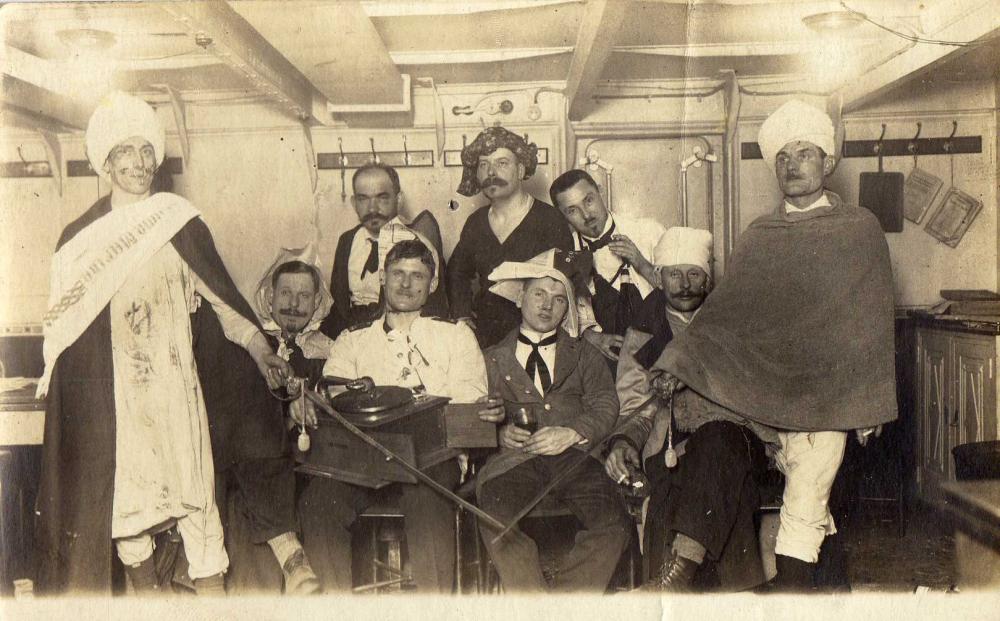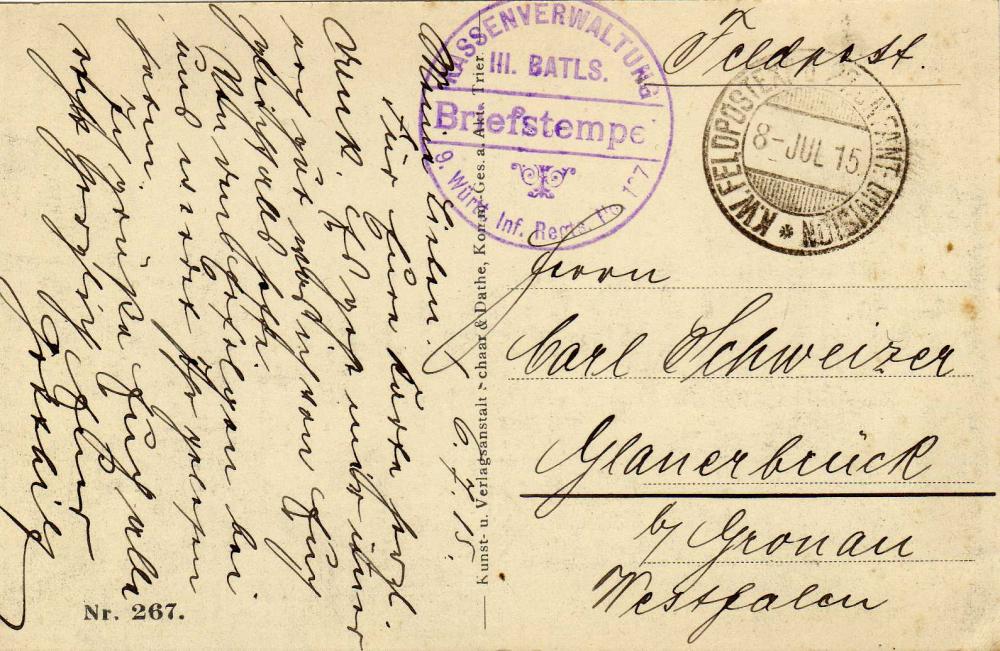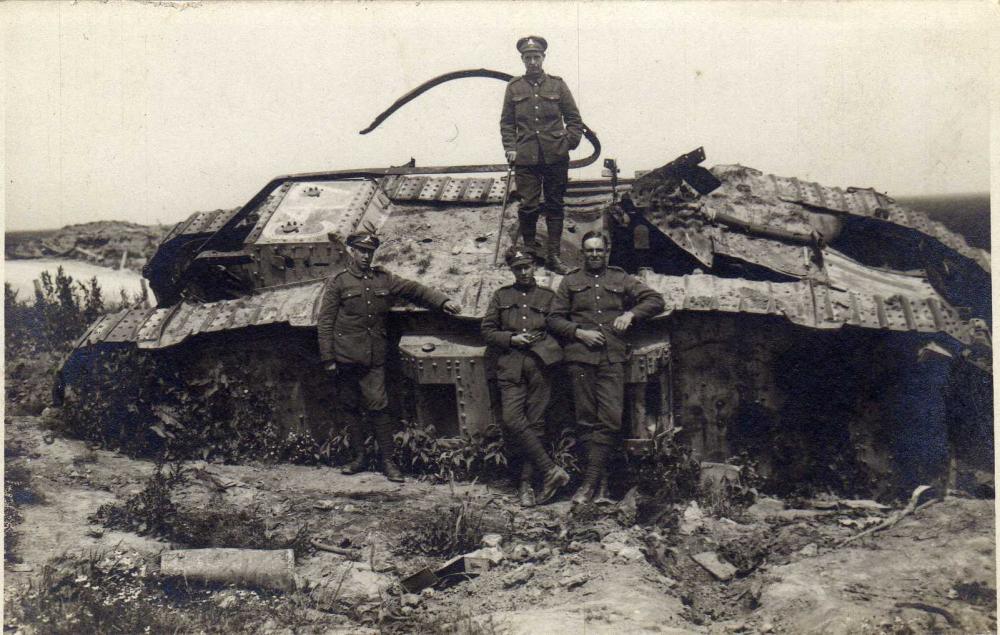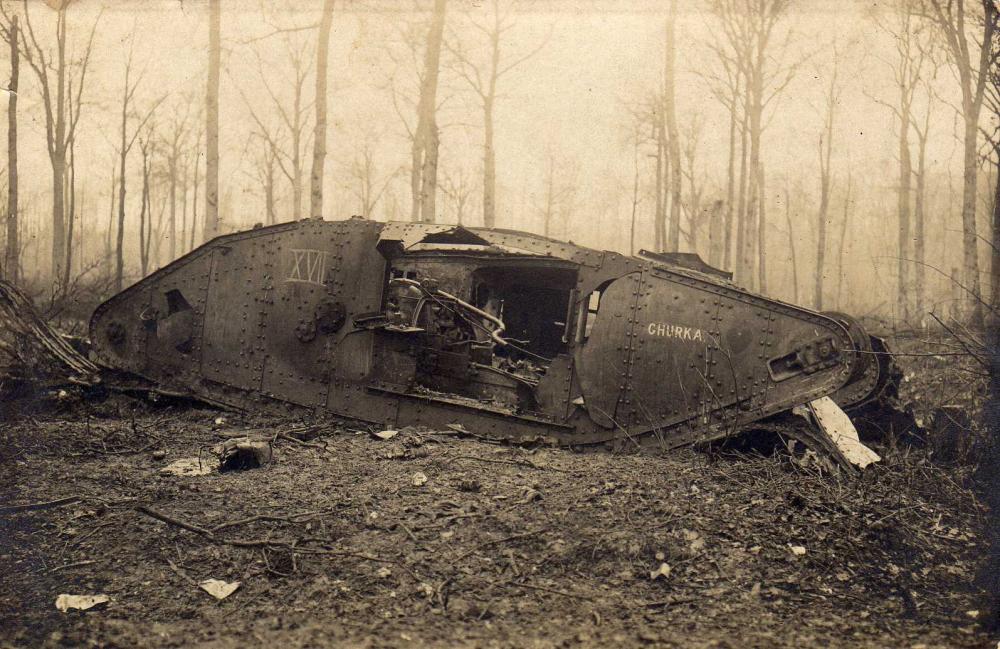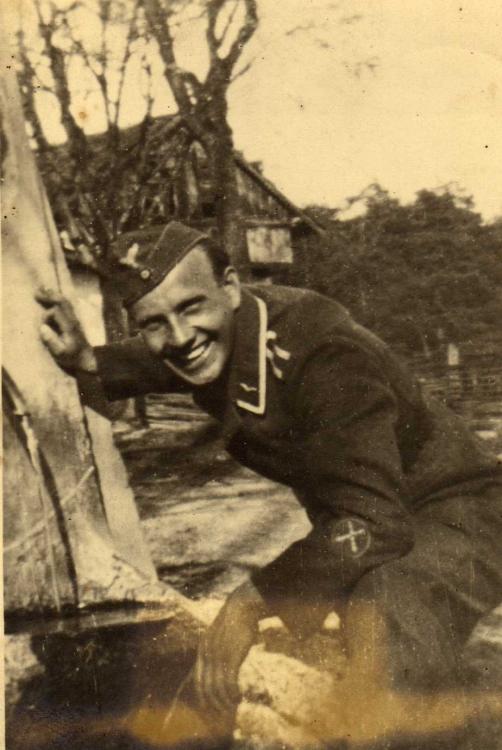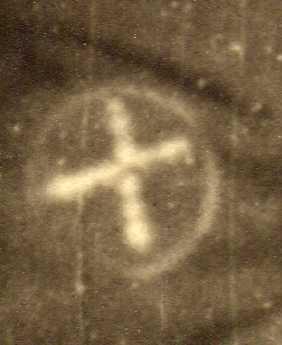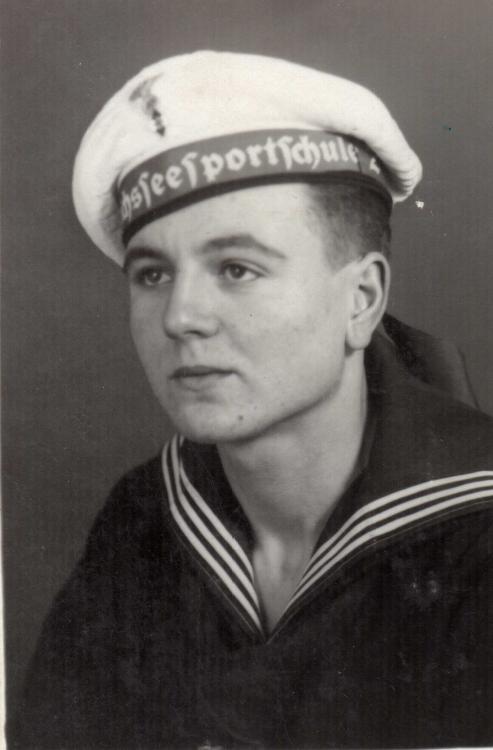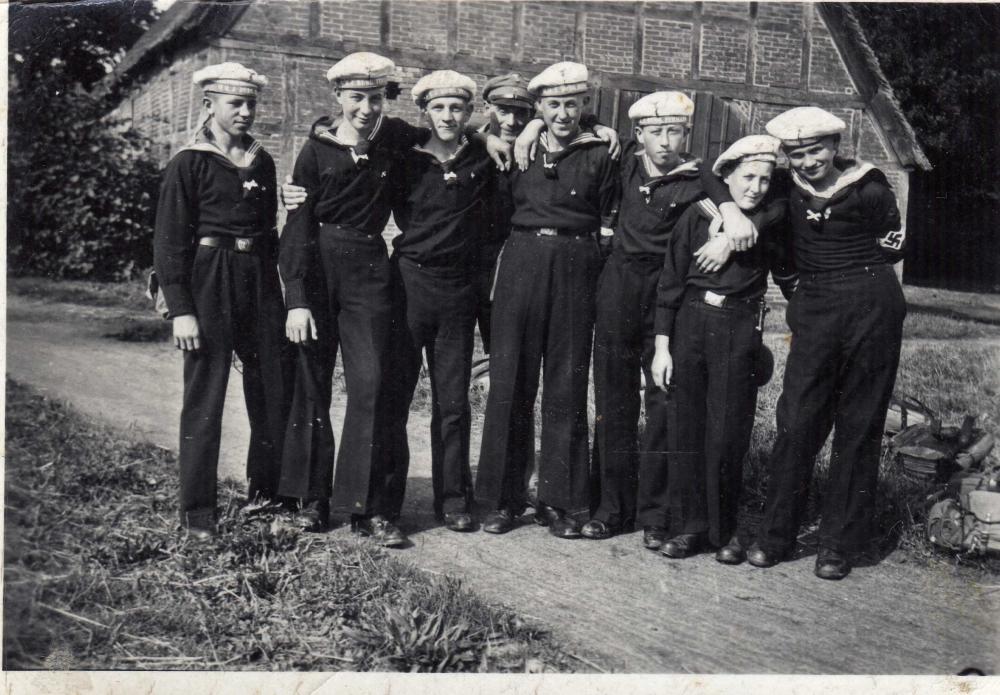-
Posts
2,143 -
Joined
-
Last visited
-
Days Won
10
Content Type
Profiles
Forums
Blogs
Gallery
Events
Store
Everything posted by Odulf
-

meet the Minstrels - POWs in Germany
Odulf replied to Odulf's topic in Great Britain: Research, Documentation & History
Thanks Paul for your help. However, I have looked into it and Clausthal was (to my understanding) an Officers Camp (Oflag), these guys dont look like officers. I have also found a list (thanks to your Clausthal suggestion) and there were two other POW camps in the Harz area. I don't know if there has been a serious research into camps for British POWs in Germany during 1914-1918. I noticed that the men in the picture are all wearing a blue uniform, with an armband. I have more photos of British POWs, also wearing some blue uniform and a blue armband, sonetimes with a number over the breast pocket, and only wearing their regimental cap badge on a blue cap. I remember, that a very learned friend about military matters decades ago told me that the British Government sent out these uniforms to replace the kakhi uniforms. Enclosed 2 portraits of British POWs in blue (obviously the Germans allowed photographers into the camp to do portraits, which the men could send home). -

Austria-Hungary KuK Soldiers wearing medals - show your photos
Odulf replied to IrishGunner's topic in Austro-Hungarian Empire
Thanks for your reaction Markgraf. I like my small collection of Austrian uniform photos, when looking at them I cannot escape the quote, recorded by the writer/journalist Philip Roth, of an Austrian pensioned general, who said: "Sir, we had the finest looking Army in Europe, the most colourful and best cut uniforms, excellent horses and riders, the most beautiful military music, and what did they do with it.... they send it all to war!" Another thing to know is this. Until the mid-19th century the design of uniforms of the Dutch Army was based on the French uniforms. Understandable, because the Netherlands were incorporated in the French Empire 1811-1813. Around 1855 a Commission was ordered to advice about another style of uniforms. The Commission looked around in Europe for inspiration, and at that time the Austrian Army showed (indeed) a beautiful display of style. Thus, it was suggested to copy (with some adaptions) the style of Austrian uniforms (unaware, that few years later the Austrian troops were beaten by Prussia and its allies). But when you see Dutch Army uniforms from the 1860s and onwards, it is easy to recognize the 'Austrian touch'. Until 1940, the Dutch Army held on to the principle of officer's ranks (in stars and bars) on the standing collar, and stiff kepis, etc. It went so far, that King William III, in 1865 (the year of great uniform reforms) ordered that all General Staff officers should wear the (impressive) Austrial style Attila, probably also because the Staff was all mounted. -

Austria-Hungary KuK Soldiers wearing medals - show your photos
Odulf replied to IrishGunner's topic in Austro-Hungarian Empire
-

Please help me identify the medals
Odulf replied to jthai's topic in Northern European & Baltic States
The medal suspended from the ribbon bow is Silver Medal of Honour, Civil Division, of the Order of Orange-Nassau (for ladies) of The Netherlands. -
Very nice Morten! Thanks for sharing.
-
-

Amusing Purple Heart tales..........
Odulf replied to bigjarofwasps's topic in United States of America
The Dutch NDVN (Netherlands Detachment United Nations), was established on 15th Oct. 1950, and on 26-10 the 1st volunteer detachment was shipped to Korea. This unit at the strength of a Battalion, was attached to the US 38th Regt. Inf., with the 2nd US Inf. Division. Their Dutch uniforms, on arrival, were replaced by American kit. They were subordinate to the US Army Regulations, also regarding their insignia and decorations. In total 124 Dutchmen died and 4 were MIA. But the Dutch sick and wounded were taken to hospital in Japan to be healed, also for minor defects such as an ingrowing toenail or VD. Hurried American Generals, indiscriminately, pinned Purple Hearts on any pillow in the sick-bay. So many Dutchies received this beautifuly produced medal, but they were not allowed to pin it on their uniform, because dress regulations, which were drewn up during WW2, when the Army in exile was in England, expelled that medals and badges of honour "for which there was a regular replacement, and for which the soldier would also qualify" had preference. So, all the casualties, sick and sad, who received this beautiful heart of purple were condamned to wear (if it was for serious enemy inflicted wounds!) the bare "tight" British Wounded bar on the lower sleeve in place of the glorious ribbon and heart. The (unnumbered) Purple Hearts found their way to the sweet hearts in Holland and there the ribbons were removed and the badges were worn (between the boobs) as valuable gifts from a loving soul across the globe for the suffering .... I wonder what tales were told.... -
Thanks for showing the wheel, but I like the sailor's hat even better! Since 1 August 1890, the red piping and silver lettering of the tally indicate Torpedo-Abteilung. A nice display all together. A post card of a ship, which is not a ship, but a look-a-like. Home of the 2. Marine SA Standarte in Lauenhain (1930s)
-
For the sake of the example, not quite a sailor of the Kriegsmarine, but a member of the Bundesmarine (1960s) with the tally 3. AUSBILDUNGSBATAILLON 3. In 1955 the post war German Navy got started, wearing tallies with Fractur Schift (Gothic script), these were used for five years until 1960, when new tallies with Latin script were introduced. The roundel on the cap is red-yellow-gold.
-
Some times a photo is not what it looks like at first sight. Such as this group portrait which dates from the 1930s. The men are dressed as Navy sailors, with the cap tallies KREUZER EMDEN and TORPEDO-SCHULE in Latin script, as worn between 1919 and 1930. But the man with the tally KREUZER EMDEN wears it combined with a roundel. A black-and-white roundel was worn before 1920, by the Kaiserliche Marine, it was replaced by an oval with the German Eagle in 1920 and this oval was used until it was replaced by the red-white-black roundel in 1933. However, the tally KREUZER EMDEN, in Latin script was introduced in 1925 when this light cruiser was commissioned. In 1930 the Latin script tallies became obsolete, when the tallies with Fractur script were ordered to be worn. There was, however, a tally S.M.S. EMDEN, but this cruiser was lost on 9-11-1914 and all tallies with the prefix S.M.S. became obsolete in 1919. So the tally does not match the roundel. My assesment is, that this studio portrait was a fancy-dress-party, perhaps for carnival or another happening.
-

Interesting photos
Odulf replied to dante's topic in Germany: Third Reich: Research, Documentation & Photographs
It looks to "clean", to me, to "perfect", and on the other hand the absence of ammo pouches, the early style of officer's cap, the cuff band and the Sturmgewehr... so I wouldnt be surprised if it is a re-enactment (when so, they did a pretty good job). If on offer I would not buy it. -

WW I Tank identification, help requested
Odulf replied to Brian Wolfe's topic in Armour, Vehicles, Ships & Aircraft
Thanks for this very useful link and your quick response -

WW I Tank identification, help requested
Odulf replied to Brian Wolfe's topic in Armour, Vehicles, Ships & Aircraft
To put new life into this most interesting and informative topic, another question fot the 'tank professors'. Can you please identify these two tanks? Top: A damaged tank with British soldiers, I think this is C47 (Conqueror II) Bottom: Unidentified (Churka/Ghurka?) -

Identification of medals
Odulf replied to Odulf's topic in Great Britain: Orders, Gallantry, Campaign Medals
Thanks for your remarks Mervyn. If it is the St.Jean d'Acre medal, and the following is the NGS, one of the bars should be the one for Syria, the last of the NGS clasps to be issued. But the smaller medal may also be the Small Army Gold Medal, with a diameter of 33 mm) which would make it a different league all together (in that case the next medal would be the Military General Service Medal, measuring 36 mm). However, I find the size of the clasp(s) on the 2nd medal to high for both the NGS and MGS, as these clasps are rather narrow. Puzzeling....


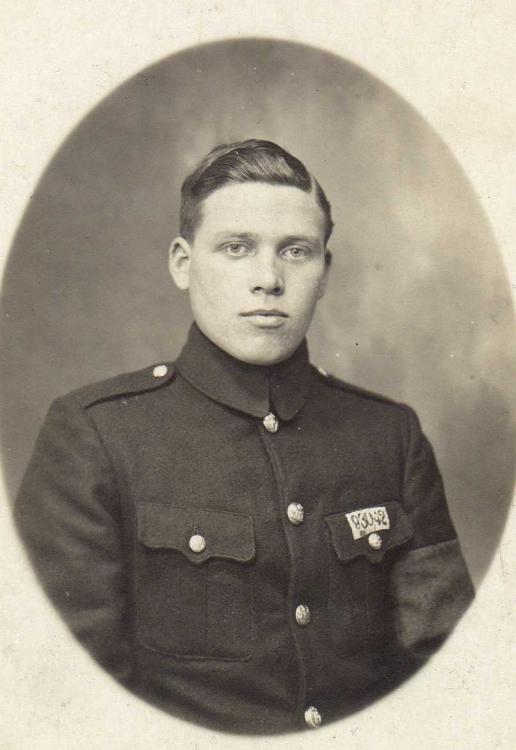
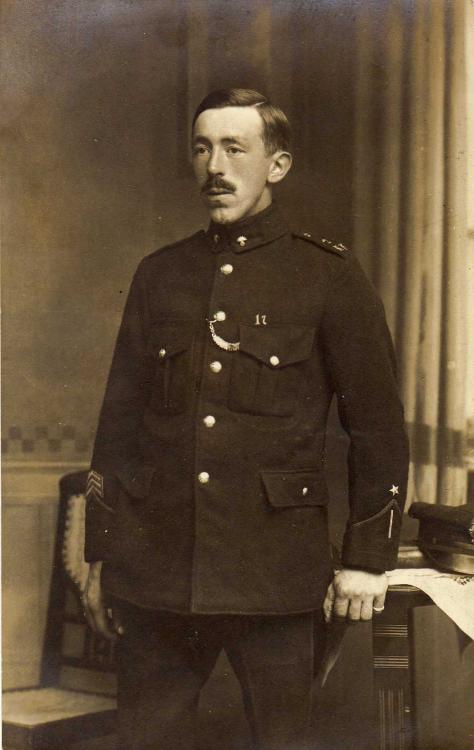

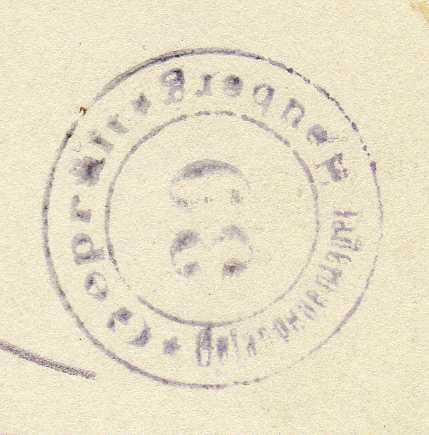
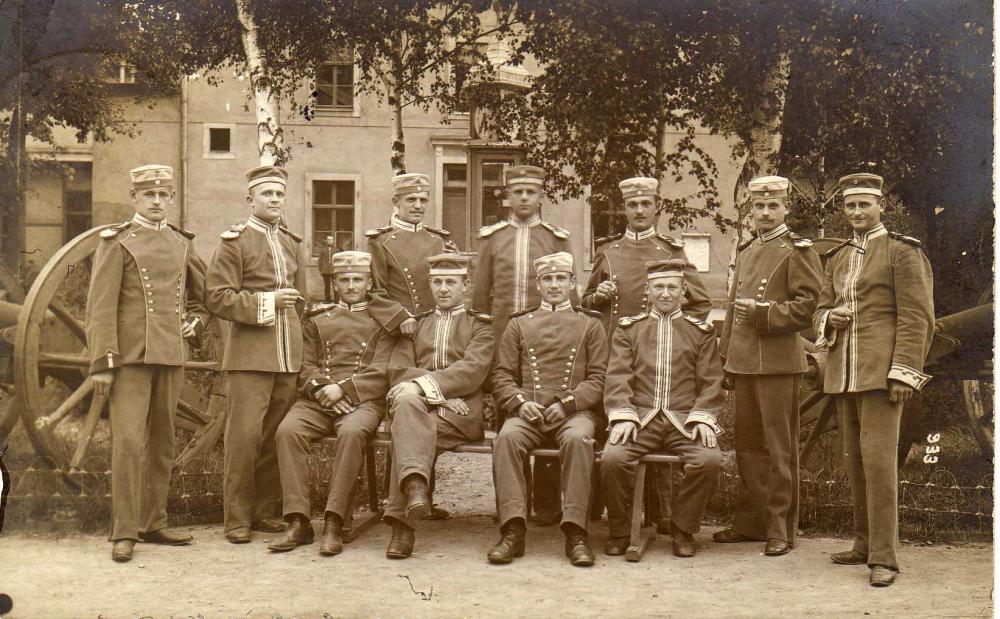
.thumb.jpg.61f3b602353c27d820dbe77d024ab341.jpg)
